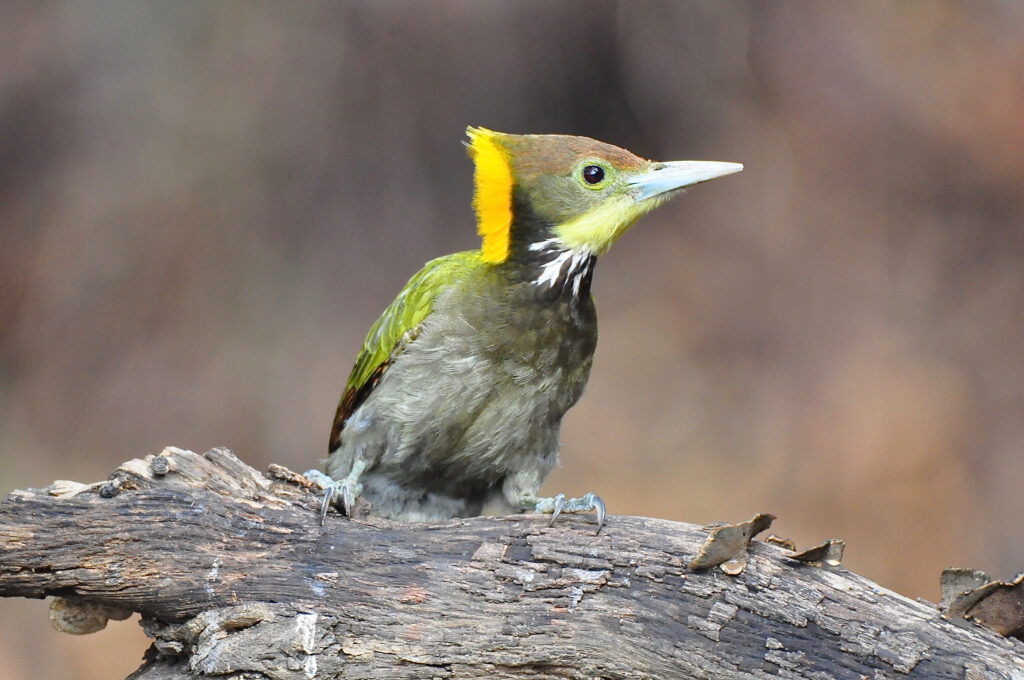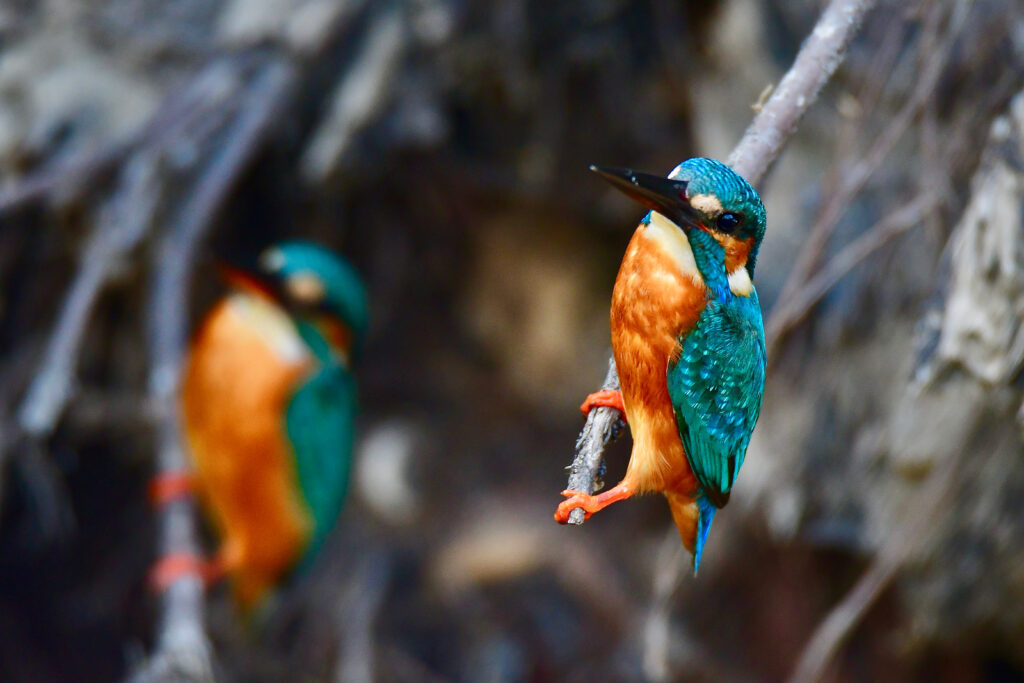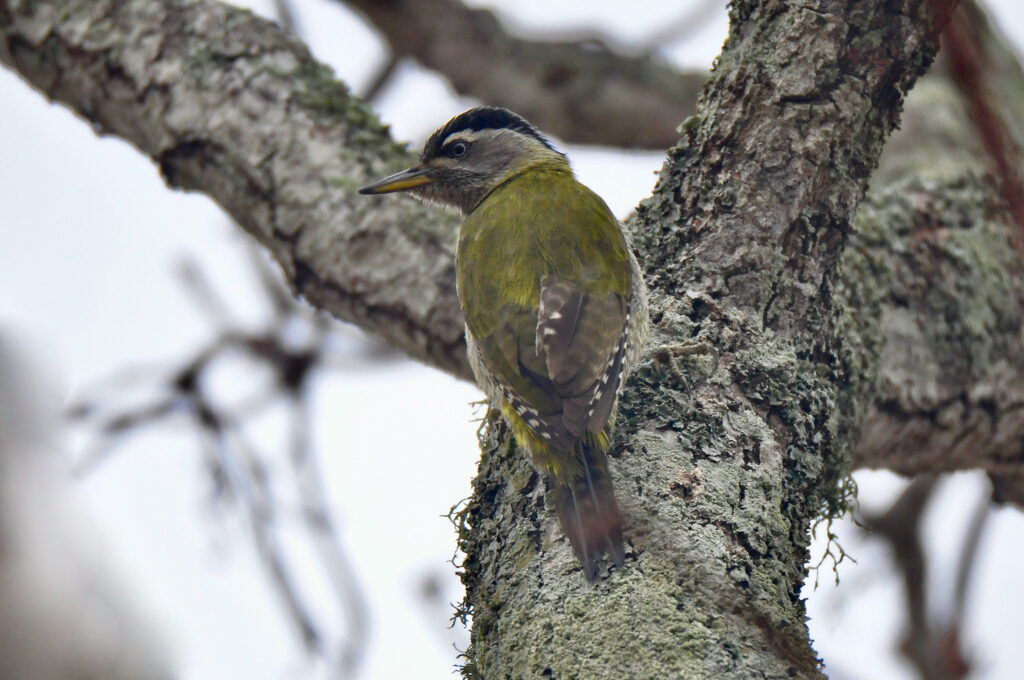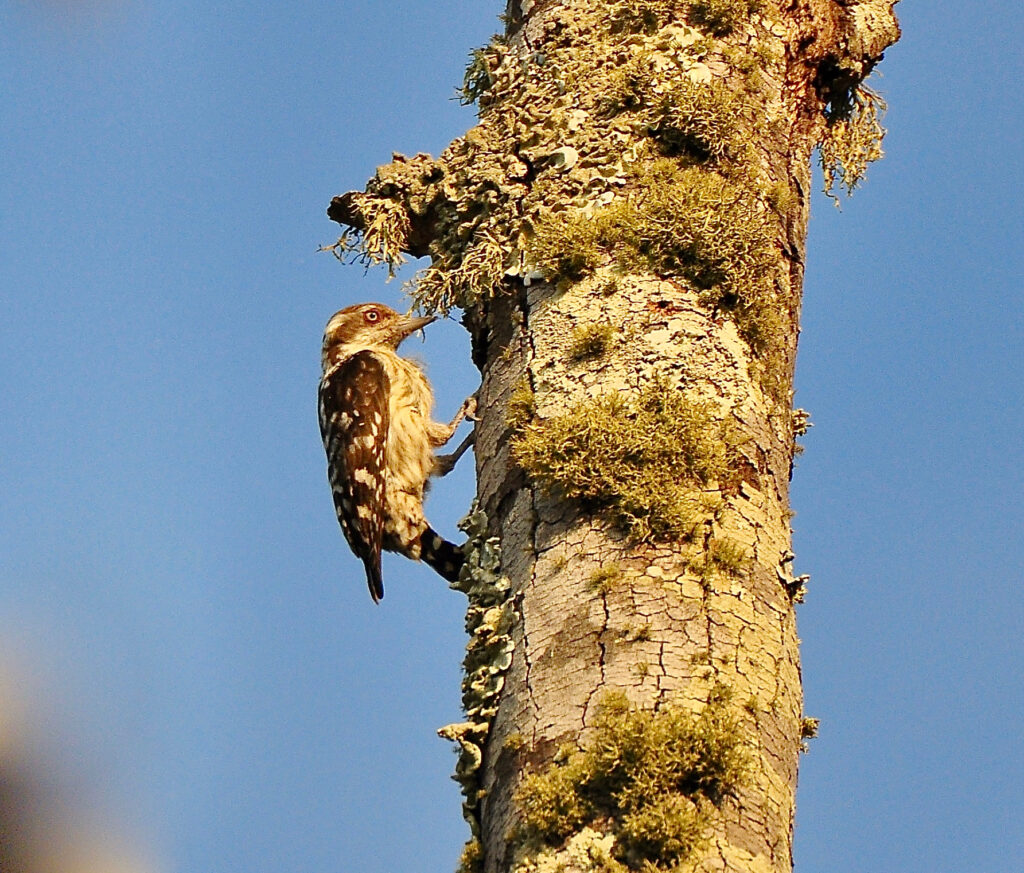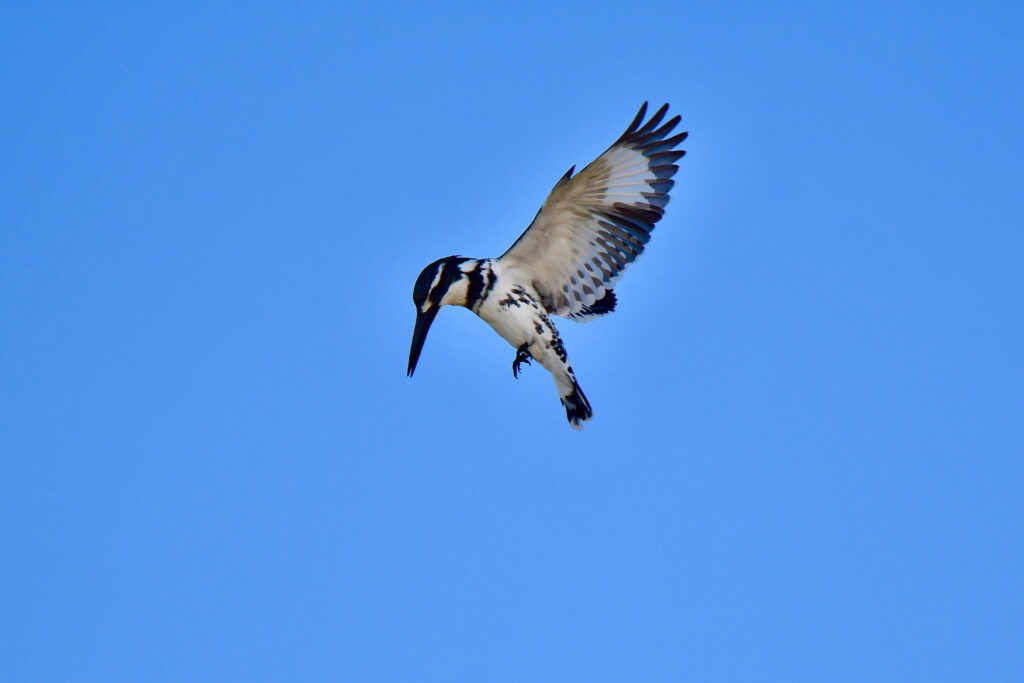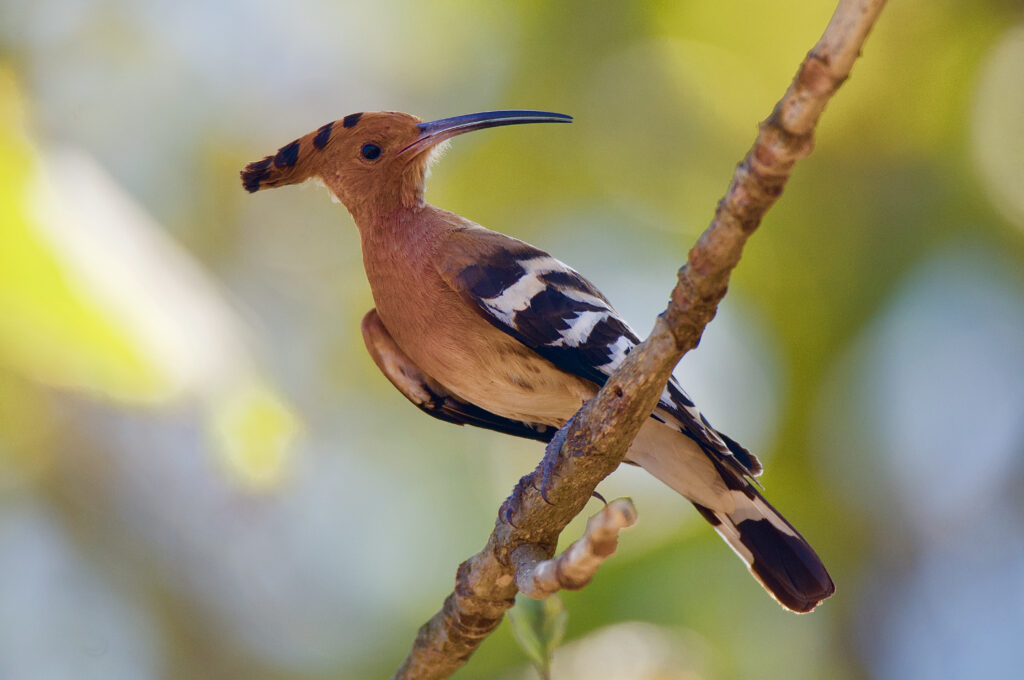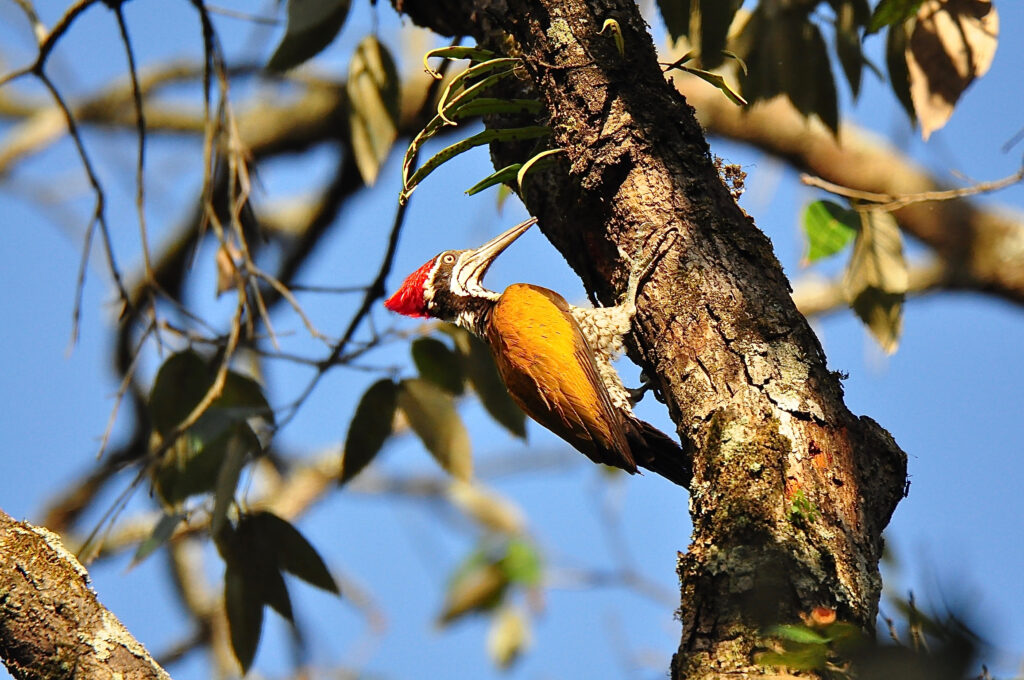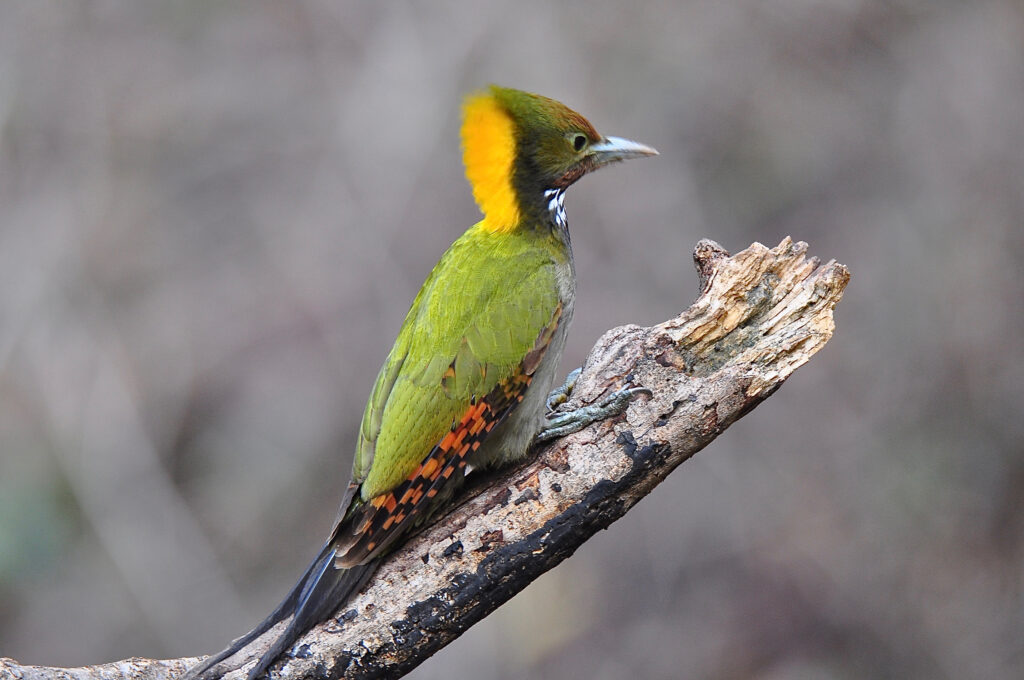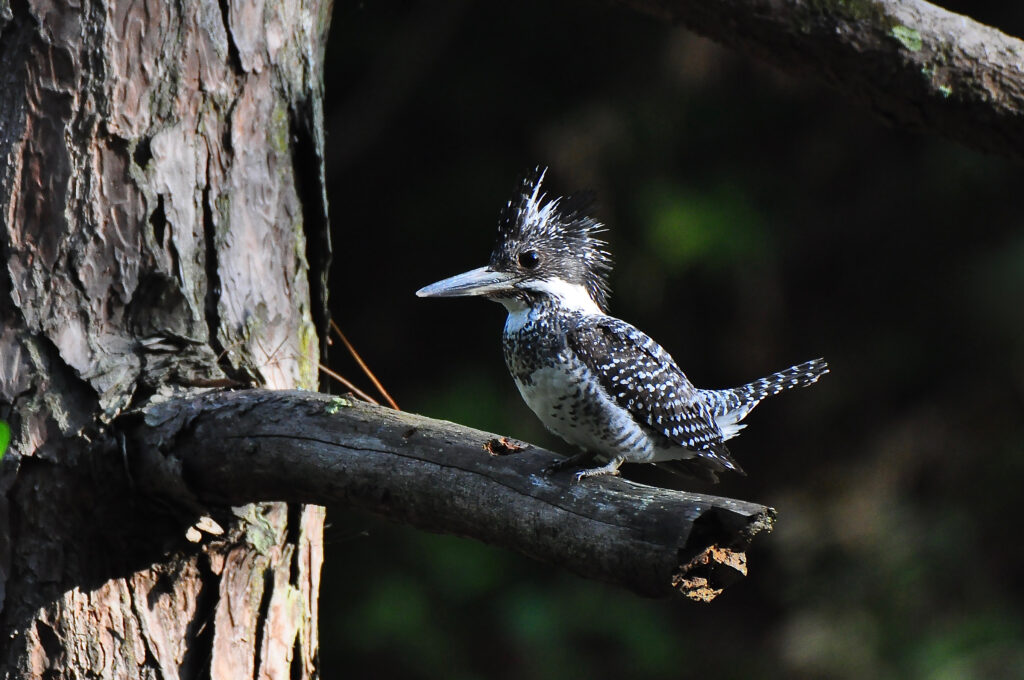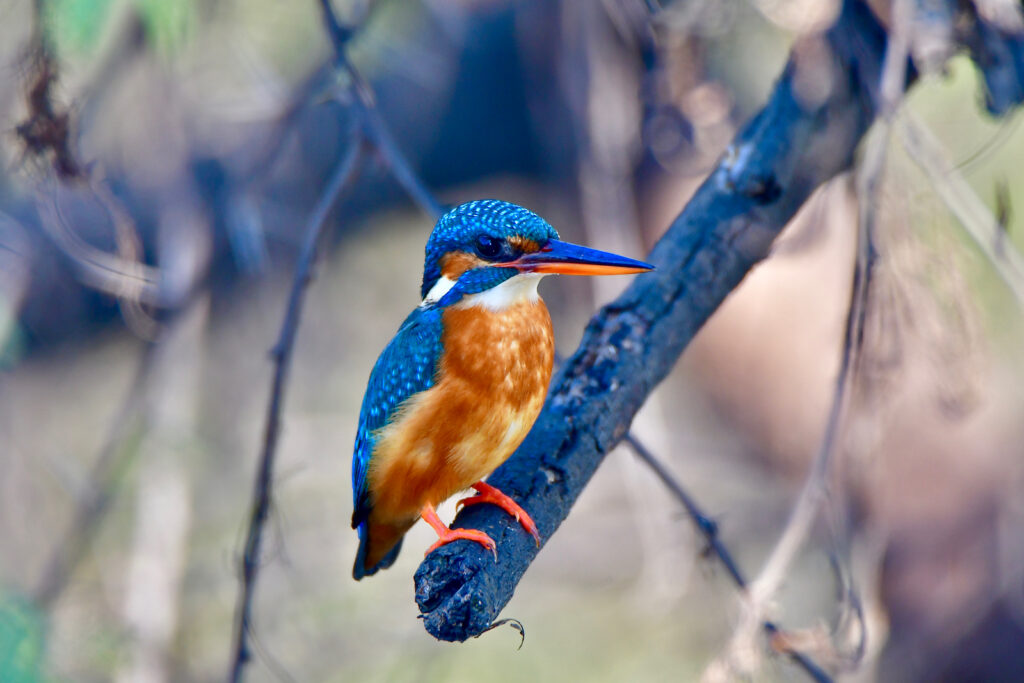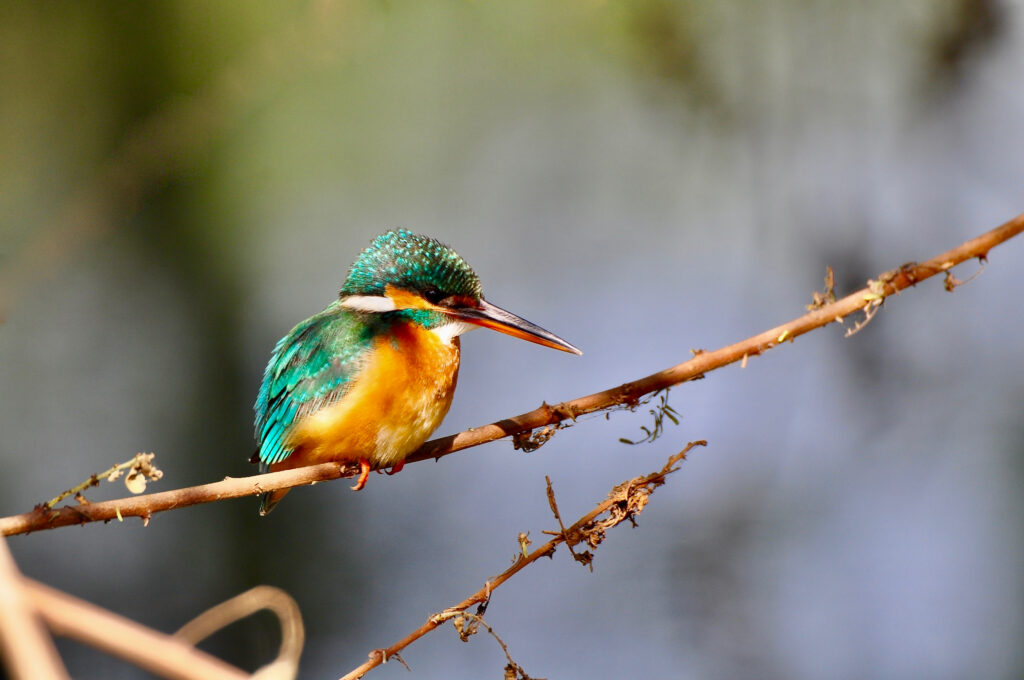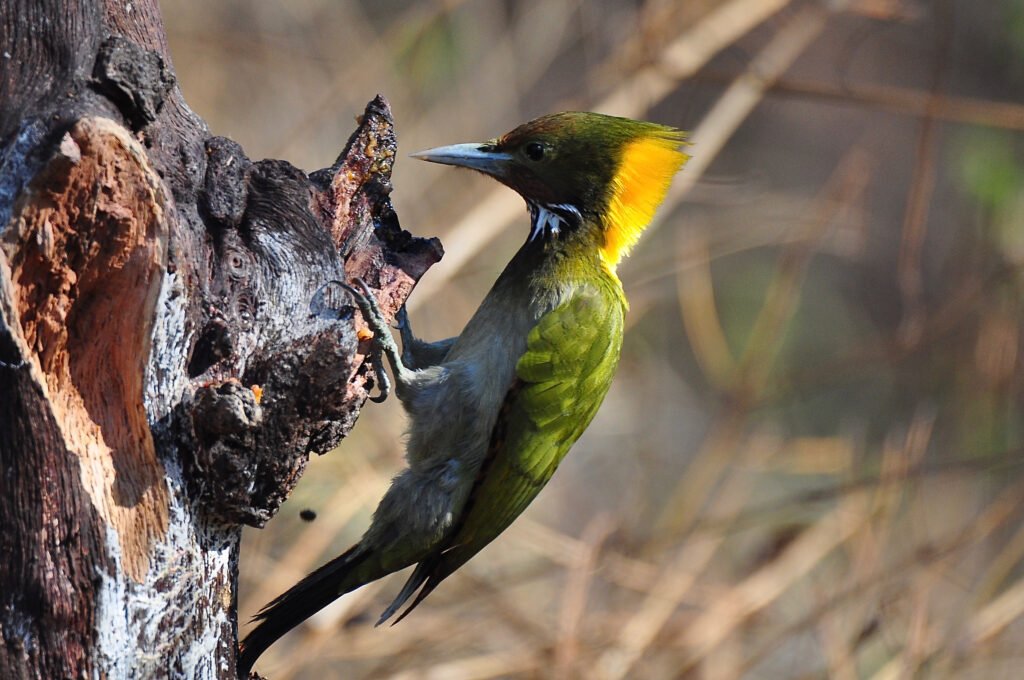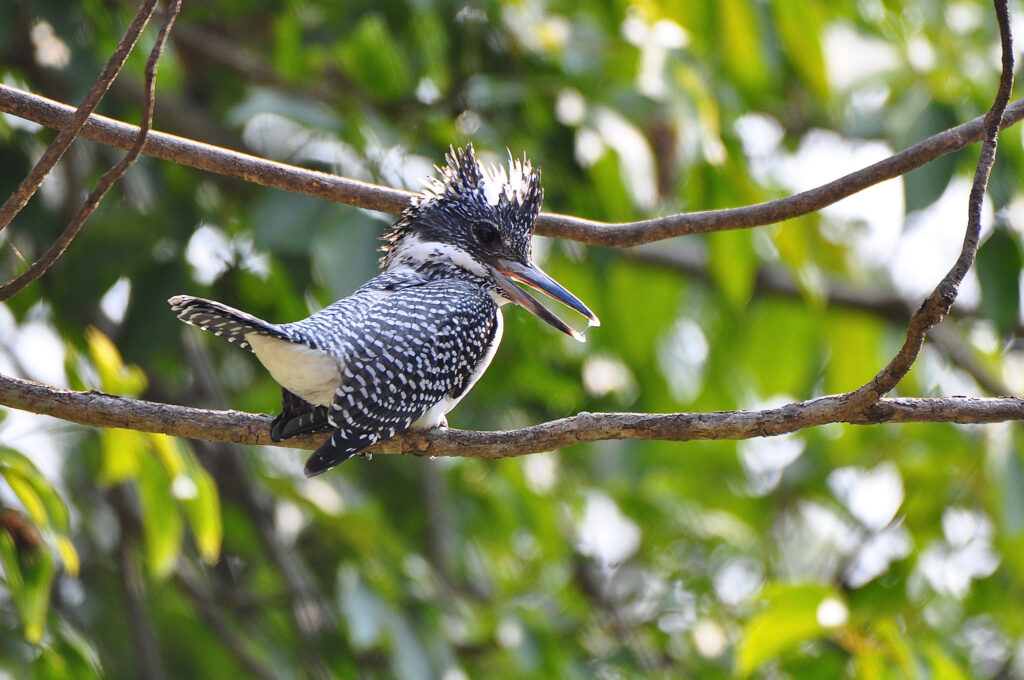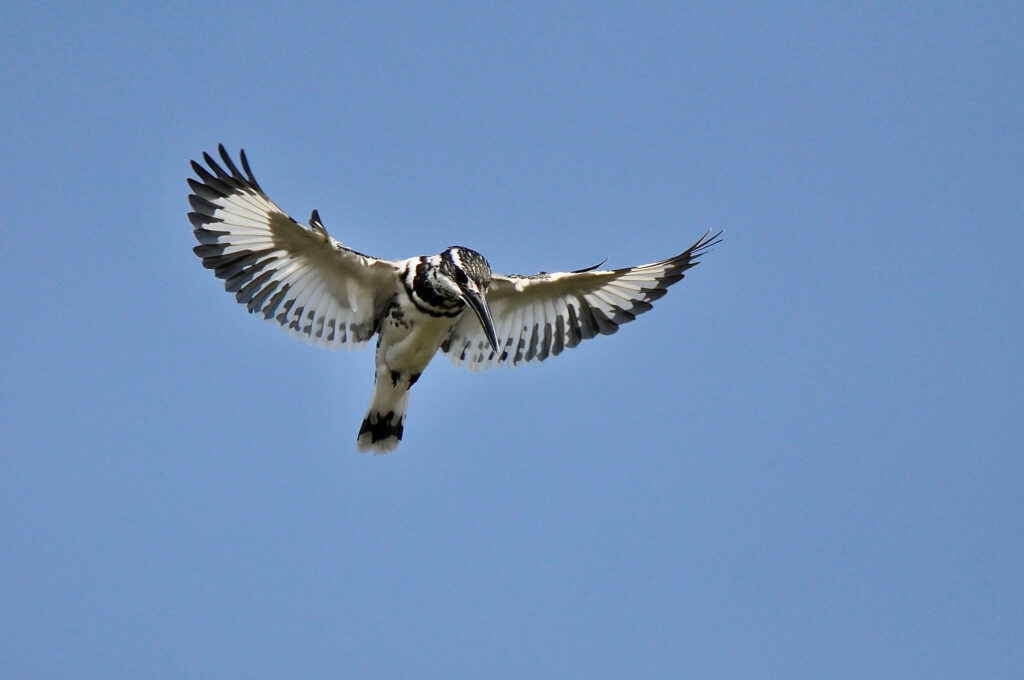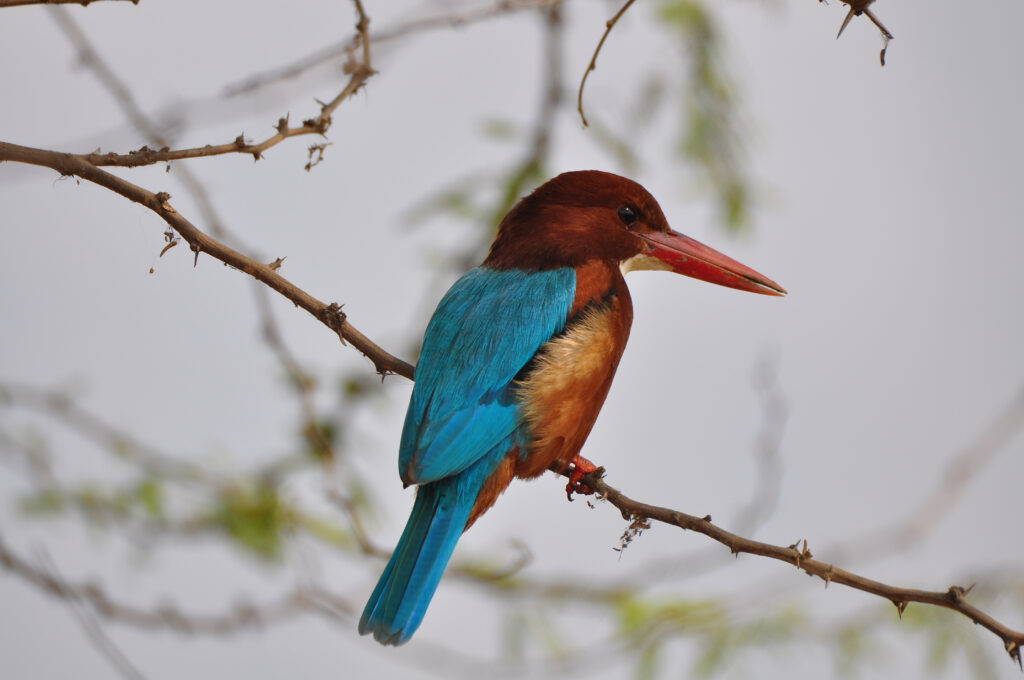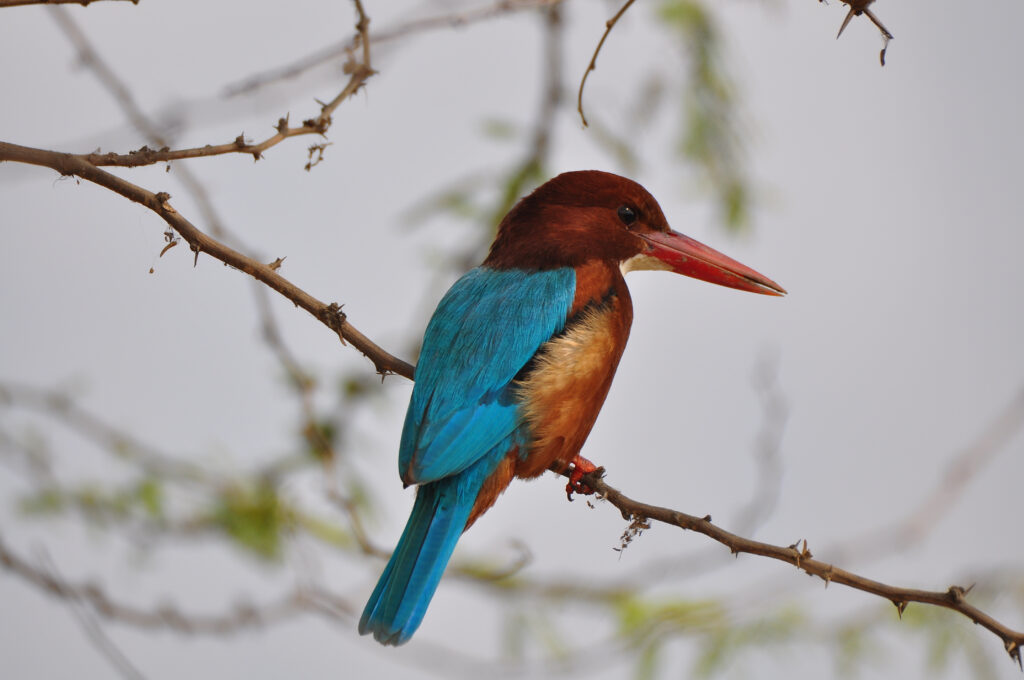

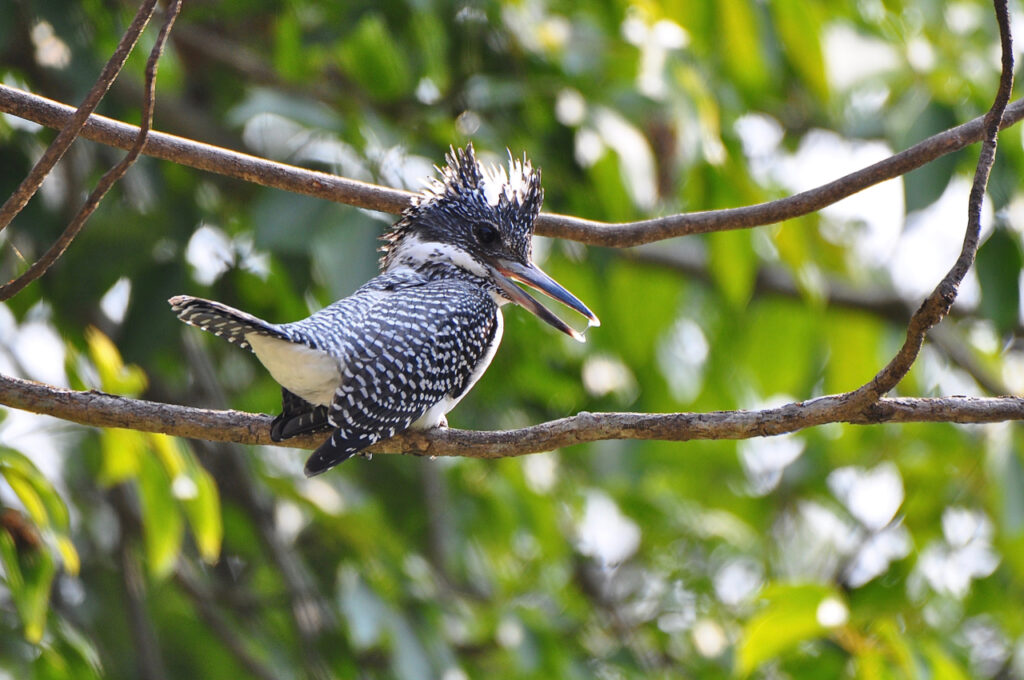

Kingfishers have large heads, long, sharp, pointed bills, short legs, and stubby tails. They consume a wide range of prey usually caught by swooping down from a perch.
The plumage of most kingfishers is bright, with green and blue being the most common colours. The brightness of the colours is caused by the structure of the feathers, which causes scattering of blue light.
The kingfishers have excellent vision; they are capable of binocular vision and are thought in particular to have good colour vision. They have restricted movement of their eyes within the eye sockets, instead using head movements to track prey. In addition, they are capable of compensating for the refraction of water and reflection when hunting prey underwater, and are able to judge depth under water accurately. They also have nictitating membranes that cover the eyes to protect them when they hit the water; the pied kingfisher has a bony plate which slides across the eye when it hits the water.
WOODPECKER
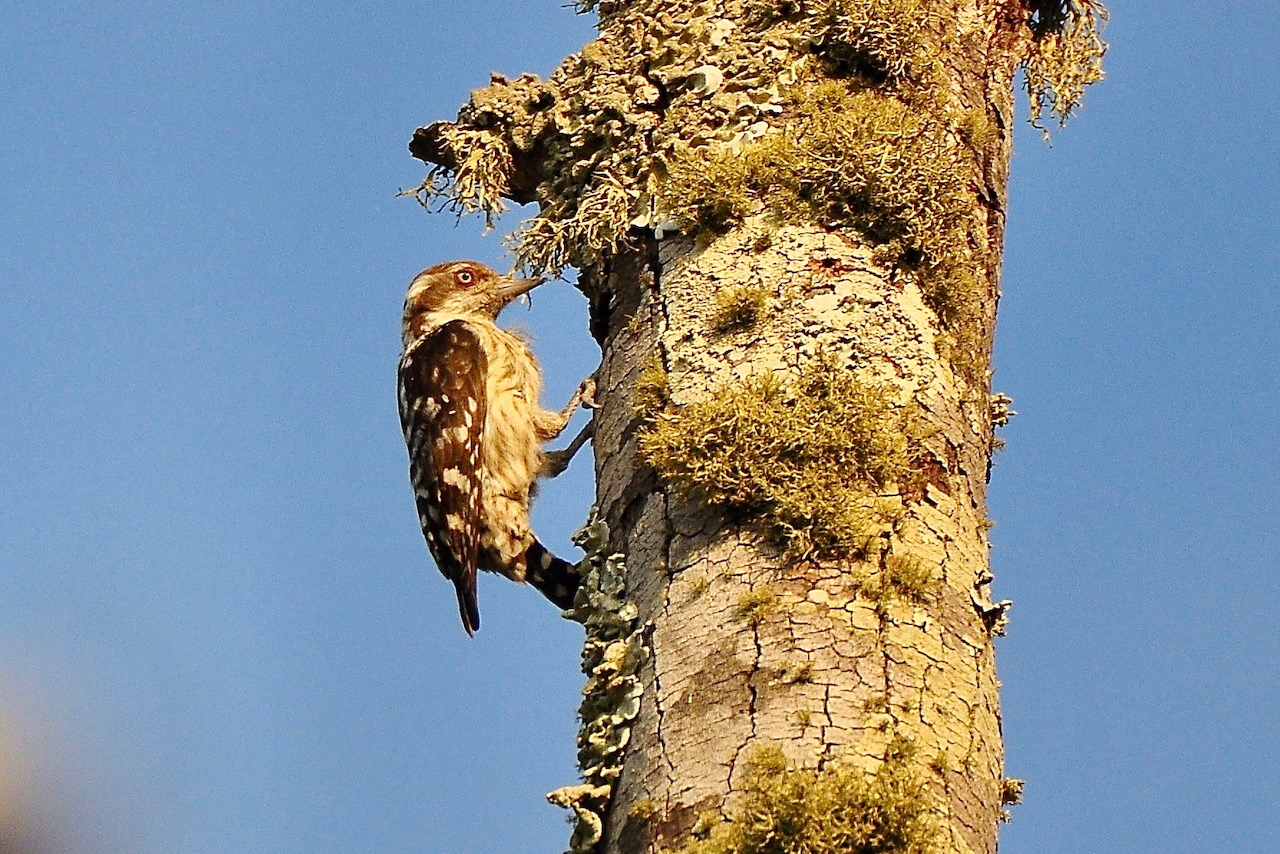

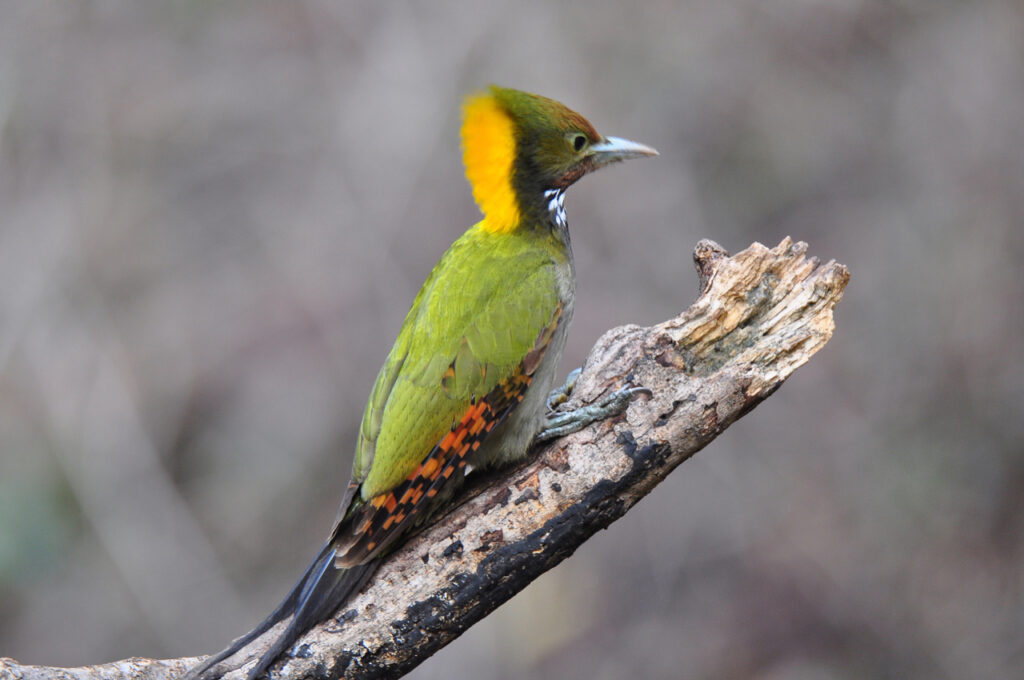


Woodpeckers are chiefly known for their characteristic behaviour. They mostly search for insect prey on the trunks and branches of trees, and often communicate by drumming with their beak, producing a reverberatory sound that can be heard at some distance.
Woodpeckers have strong bills for drilling and hammering on trees trunk, and long sticky tongues for extracting food (insects and larvae)
It is quite interesting to read about the their brain structure how protective it is from strong hammering and drumming.
